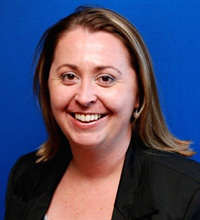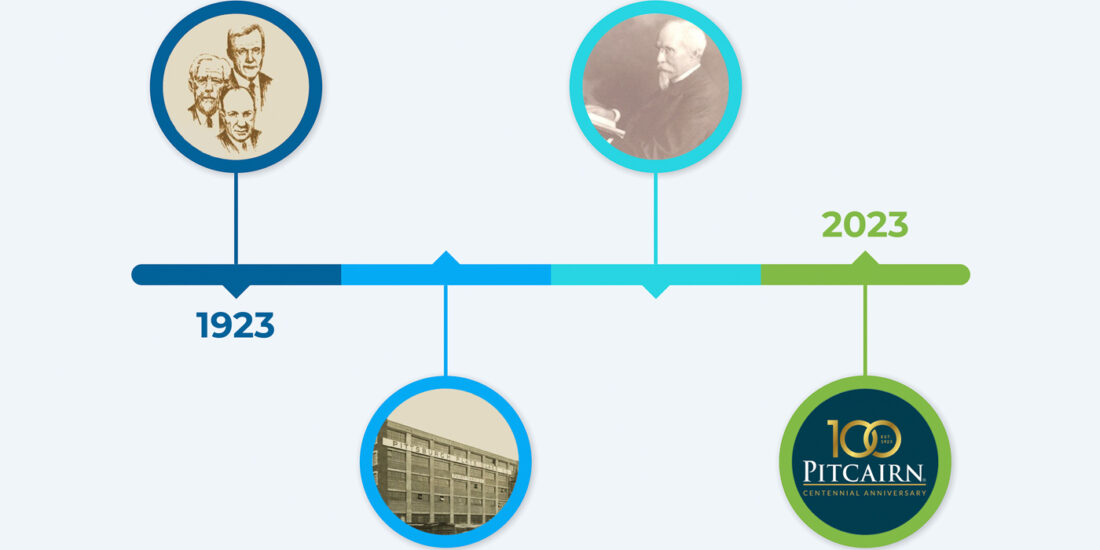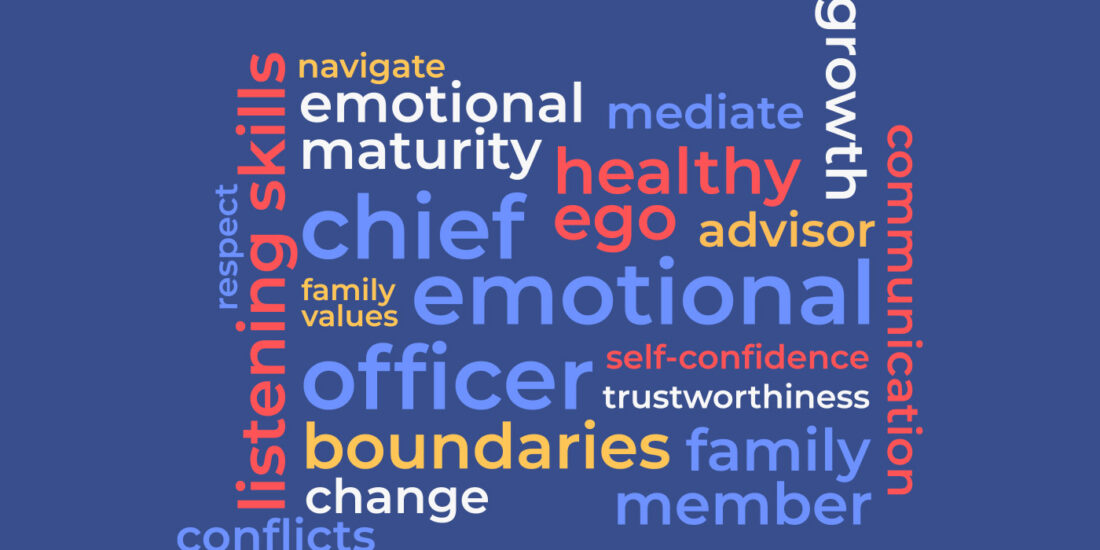Collaborating: The 5th C that evolves clients to sustainable competitive advantage
As advisors, we seek to help our clients evolve to different places. Sometimes this entails changing strategies, growing the business, advancing the professionalization agenda, developing next generation leaders or increasing knowledge and awareness of their uniqueness. All these require specific interventions targeted to clients’ needs. This article highlights how collaboration helped a family business evolve to a family-in-business mindset by facilitating conversations that enable a strategic shift from a cash-generating franchise business to a legacy business.
Collaboration
Collaboration is a process where two or more parties work together to realise shared goals. It is more than the intersection of common goals seen in co-operative ventures, but a deep, collective determination to reach an identical objective by sharing knowledge, learning, and building consensus. Most collaboration requires leadership, although the form of leadership can be social within a decentralized and egalitarian group. Structured methods of collaboration encourage introspection of behaviour and communication. In advisory situations collaboration is strengthened when advisors are embedded with their family clients. Embedded collaboration methods typically entail advisors promoting both deductive and inductive learning processes: providing frames and permitting reflection.
The nature and form of each collaboration depends upon many factors but is heavily influenced by the values and vision of the family. Clarifying these becomes a key priority in the evolutionary journey for the family and as such this modus operandi devotes considerable time and effort to the distillation of these elements.
A case study
This case of a family that operated a cash cow business within a franchise system, but had aspirations to develop its own legacy business, helps illustrate this collaborative process. While the legacy business has yet to be identified, the family collaborated with its advisors to ensure that the evolution to this position took place in a way that included all members of the extended family.
Blake and Brenda Morehouse started a business approximately 12 years ago to satisfy Brenda’s desire to do something that had some sort of social element to it. In 2004, they finally settled on purchasing a franchised takeaway shop within their local area. Their first purchase grew into what became an excellent cash cow business, providing an opportunity for them to realise their true dream – a legacy business for future generations. Blake and Brenda have three children – Callum (early thirties), Sharon (late twenties) and Sam (mid-twenties) Both Callum and Sharon are married with three and two children of their own respectively.
This initial retail outlet was managed by Brenda and employed their eldest son, Callum, as her second in charge. In addition, the two younger children were employed in entry level, part-time positions during school and their university studies. This first foray into owning and operating a family business was so successful and rewarding that they decided to purchase a larger and more lucrative location. This second “new and improved” location had a drive-thru facility and became a model operation for the franchisor. By 2013, the family owned and operated three locations across the state of Victoria.
The decision to collaborate with an external specialist family business advisor occurred in 2013 when the family had a conversation about the future of being a family in business and the advantages that working together as a family could bring. It was evident that the expertise to formalise the desire to be a family in business was not available within the family or within existing advisors such as lawyers and accountants. The family made the choice about its advisor based on the candidate’s uniquely qualified and experienced credentials for guiding the family to become a best practice family business. The advantages of collaboration with the advisor have been access to greater specialist family business knowledge and the facilitation of communication by a non-family voice.
The meetings with the advisor were educational and practical, demonstrating best practices in family business through evidence-based research and then seeking to apply those lessons in the Morehouse family context. Meetings generally involved Blake and Brenda, their children, partners and the occasional young third-generation member. “Our advisor has been an excellent facilitator and has guided our conversations so that we are dealing with the core issues of a family in business. Any conflict has been professionally and empathetically dealt with.”
The process involved the critical exercise of establishing a vision and mission. A very important day was when the group came together to establish shared family values that will serve as the foundation for their business and how it relates to the family. A family charter has now been framed in which financial targets (growth, debt and dividend payout) have been included along with a number of policies such as a code of conduct and family employment. The distillation of all these have occurred within meetings deemed to be a family council.
According to Blake, “Collaboration with our advisor has caused the family to consider deeply how it operates as a business and a family. It has caused the codifying of the way we wish the business to relate to the family, and has caused the governance and operation of the business to be far more professional than it was prior to collaboration. Collaboration with our advisor has led to clarity and consensus among the family and set us up for the next phase of business growth.”
Further thoughts
Working together to achieve business success and family harmony is an evolutionary journey that requires a collaborative approach: either from within or alongside a trusted advisor. It involves establishment of shared values and vision, learning together to better understand the expectations for their unique asset and communicating these to the right people at the right time in the right forum. Specifically embedded collaboration entails a high trust relationship that enables advisors to help clients evolve their businesses via a structured deductive and inductive process that generates shared goals, agreed visions, and accepted strategies to fulfill expectations.
Miller and Le Breton-Miller cited evidence in Managing for the Long Run (2005) that successful, long-lived family businesses are configured according to key priorities: priorities defined by emphasis of the four C’s of continuity, community, connection, and command. As multi-disciplinary advisors, we extend this thinking by emphasizing a 5th C, namely collaboration. Collaboration, the nature of the relationship between advisor and family firm, is central to long lasting legacy businesses.
About the contributor
 Anthea Moores, CFBA, is managing director at Moores Family Enterprise in Australia. She has worked in a family business advisory capacity for the last 10 years, most recently with Big 4 professional services firm KPMG and previously BDO. Anthea can be reached at [email protected].
Anthea Moores, CFBA, is managing director at Moores Family Enterprise in Australia. She has worked in a family business advisory capacity for the last 10 years, most recently with Big 4 professional services firm KPMG and previously BDO. Anthea can be reached at [email protected].




